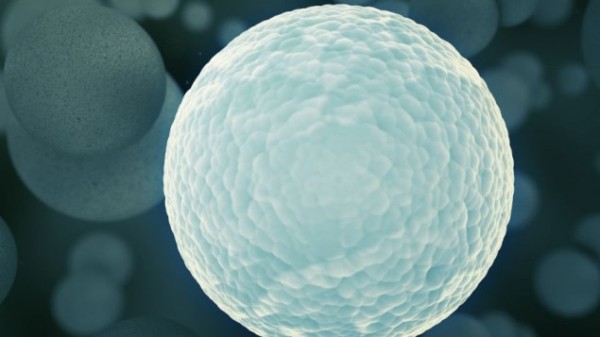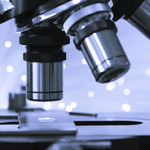
August 22, 2014
Cell network mimics protein synthesis and communication of real cells, could one day be used to make products
Israeli scientists have created an artificial network of cells that act like the real thing, even performing life’s most basic process — protein synthesis
The network is made up of cell-like compartments etched onto a biochip and connected by hair-like tubes. Within each pseudo-cell, the scientists put a synthetic cell genome and the protein-translating machinery of E. coli bacteria minus its DNA. They then sat back and watched it manufacture proteins.
Recently published in the journal Science, the findings could deepen understanding of basic biological processes and lead to practical applications, like synthesizing proteins for a wide variety of products from fuel to medications, the scientists say.
“The two-gene pattern we designed is a simple example of a cell network, but after proving the concept, we can now move forward to more complicated gene networks,” said Eyal Karzbrun, a materials and interfaces doctoral student at the Weizmann Institute of Science. “One goal is to eventually design DNA content similar to a real genome that can be placed in the compartments.”
Kazbrun created the network along with fellow doctoral student Alexandra Tayar in the lab of Prof. Roy Bar-Ziv, in collaboration with Prof. Vincent Noireaux of the University of Minnesota. It’s still in the early development stage.
The scientists designed and controlled the genome they put in the cells. By coding two regulatory genes into the genetic sequence, they made the protein synthesis process spontaneously switch “on” and “off.” The duration of each period was determined by the geometry of the compartments.
This periodic behavior – a primitive version of the cycle of events that take place in a cell before it replicates – emerged in the system because the synthesized proteins could diffuse out of the cells through the tubes, mimicking natural protein synthesis and breakdown activity in living cells.
To fuel the protein synthesis, the scientists continuously added fresh nutrients to the network, which diffused into the cells.
“The artificial cell system, in which we can control the genetic content and protein dilution times, allows us to study the relation between gene network design and the emerging protein dynamics. This is quite difficult to do in a living system,” said Karzbrun.
The cells communicate and interact with one another in the same way as real cells do. The synthesized proteins diffuse through the cells, regulating genes and producing new proteins in compartments farther along the network. The scientists say the process resembles the early stages of morphogenesis – the biological process that gives an organism its shape.
The scientists are now working to expand the cell network and to introduce genes into it that will mimic the pattern formation that takes place in nature, like the striped patterns that appear during the formation of fruit fly embryos.
The artificial cell system can theoretically be used to encode anything, said Bar-Ziv.
“Genes are like Lego in which you can mix and match various components to produce different outcomes. You can take a regulatory element from E. coli that naturally controls gene X, and produce a known protein, or you can take the same regulatory element but connect it to gene Y instead to get different functions that do not occur in nature,” he said.
The scientists say their research could one day help advance the synthesis of natural occurring and synthetic proteins for fuel, pharmaceuticals, chemicals, and industrial enzymes – to name just a few.






